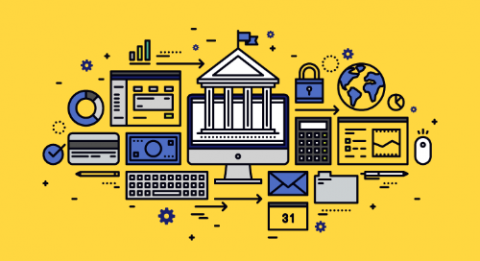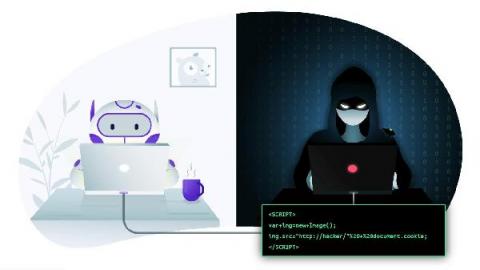Automated Clean-up of HAFNIUM Shells and Processes with Splunk Phantom
If you haven’t been living under a rock for the past few weeks, you've probably come across the recent Microsoft Exchange Server vulnerabilities and its associated exploits.Stop!!! The first thing you should do is to go and patch any Exchange servers you may be running, then you can come back and finish reading this blog. Microsoft's blog provides links to various tools to help in this regard.











